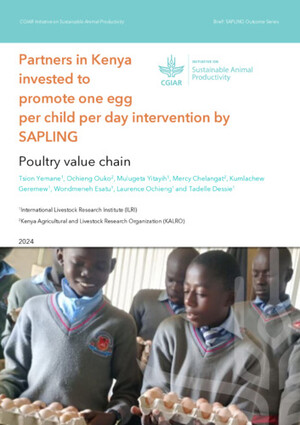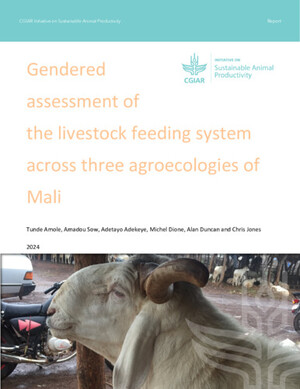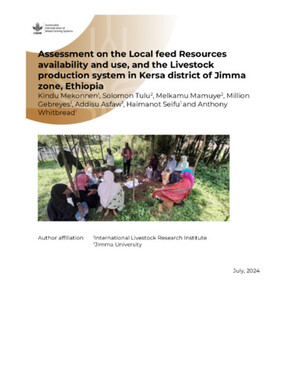
High quality cassava PEEL® mash supplemented with direct fed microbial as an alternate source of energy supplement: effect on performance and economic analysis of weaned pig
Abstract
The main objective of this study was to investigate the effect of Direct fed microbial (DFM) on High quality cassava peel® (HQCP) utilization when HQCP is used to replace maize up to 15% out of total 40% maize in the diet of weaned pigs for weaner phase(1-8week), early growing phase(9-14week) and total trial period (1-14week). A total number of ninety (90) crossbred (Large White × Landrace) weaned pigs with an average initial weight of 11.10
± 0.4 kg (± SE) were used for the study. The experimental animals were assigned to five dietary treatments (T) in a 2 × 2 +1 factorial design of eighteen weaned pigs per treatment. Pigs on T1 were given 40% maize- based diet without HQCP, while T2 had 7.5kg (18.75%) of the total maize replaced with HQCP and T3 had 15kg (37.5%) of total maize replaced with HQCP. The pigs on T4 were given same diet as in T2 with the addition of multi-strain DFM and pigs on T5 were given the same diet with those on T3 with addition of multi-strain DFM. Experimental diets had no significant effects (p>0.05) on the body weight gain, final live weight, average daily feed intake and feed conversion ratio were not adversely affected by the inclusion of HQCP and DFM supplementation in the diets for weaner phase and total trial period. For weaner phase the least final weight (24.42kg) was recorded in treatment 3 while the highest final (26.97kg) weight was recorded in treatment 2. Treatment 2 also recorded the highest final weight (40.25kg) for total trial period, but it was treatment 5 that has the least weight gain (36.77kg) for total trial period. Treatment 4 recorded the lowest daily weight gain (236.57g) for weaner phase while the highest daily weight gain (285.87g) for this phase was recorded in treatment 2. The same trend goes for the total trial period for the daily weight gain for total trial period. There was no significant (P>0.05) effect of DFM on the performance of the pigs for neither weaner phase nor for total trial period, as the treatments (T4&T5) with DFM inclusion did not give improved performance over the treatment(T2&T3) without the DFM. The feed conversion ratios range of
2.60 to 3.10 was obtained for weaner phase in this study. Treatment 2 recorded the least feed conversion ratio (2.60) while treatment 4 feed conversion ratio (3.10) was the highest. There was neither significant (P>0.05) effect of HQCP level nor DFM inclusion on all the performance parameters. The interaction between HQCP levels and DFM was likewise not significant (P>0.05). The cost of feeding per unit weight gain (₦/kg) was comparable among the groups mainly due to the savings on account of the lower cost of HQCP for both phases. It was therefore concluded that weaned pig can utilized HQCP up to 15% without any deleterious effect on their performance while addition of DFM may not be necessary in order to reduce cost of production.
Citation
Adesehinwa, A.O.K., Fatufe, A.A., Ajayi, E., Abiola, J.O. Boladuro, B. and Amole, T.A. 2019. High quality cassava PEEL® mash supplemented with direct fed microbial as an alternate source of energy supplement: effect on performance and economic analysis of weaned pig. Paper presented at the Seventh All Africa conference on Animal Agriculture, Accra, Ghana, 29 July-2 August 2019.









